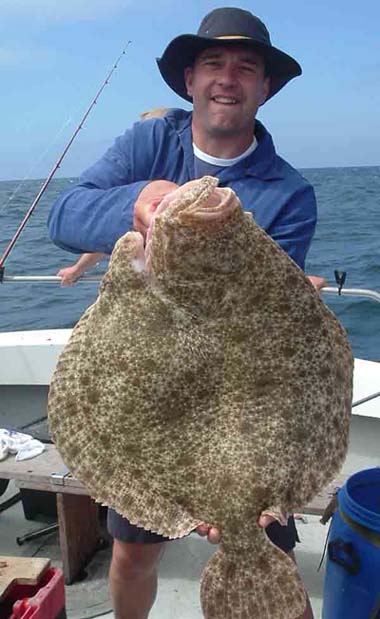

As the giant featherback approaches the landing net they often jump, so be prepared. On the strike be ready for the fish to make a fast jump and back flip as they try to shed the hook, and keep the line tight when they jump. The take will be a slow deliberate run, and if you are float fishing a majority of your bites will be signaled by the float rising and lying flat – strike immediately this happens.

Set the indicators at their lightest setting with plenty of slack line to the rig. They are cautious feeders and will drop a bait if they feel any resistance, so use a light lead on a Solar Tackle run ring, and use a cork ball or small polyball as your buffer bead. Our giant featherback feed mostly at the bottom of the marginal slopes. Giant featherback feed best during and straight after rain, and early morning and late evening seem to be the best times to target these fish. Use a sink tip line with a slow figure-of-eight retrieve. The giant featherback is also a very sporting fish to target on the fly using shrimp patterns. Another good method for catching these fish is float fishing with live shrimp or small fish strips. To fish for our spotted giant featherback, worms are the top bait, and also worth a try are prawns. Name: Giant featherback (black featherback).ĭiet: Small fish, shrimp, prawn, frogs, worms, crustaceans, and insects. More information and pictures of these species are available in the links below. In Sydney we see them on many dives on the sandy floor but they are very well camouflaged. They are widely distributed and many of these species are targeted for fishing such as plaice, halibut, flounders, soles and turbot.įlatfish have been found in the Arctic, Antarctica, the tropics, the temperate, in freshwater, at underwater hydrothermal vents and one species which is being investigated lives at the bottom of the deep Mariana trench. They look altogether alien when you observe up close as both eyes will be on one side of their head. They are very unusual to look at, because as the name suggests, they are completely flat with their eyes on just one side. This is a large Order of fish with over 700 species worldwide.


 0 kommentar(er)
0 kommentar(er)
